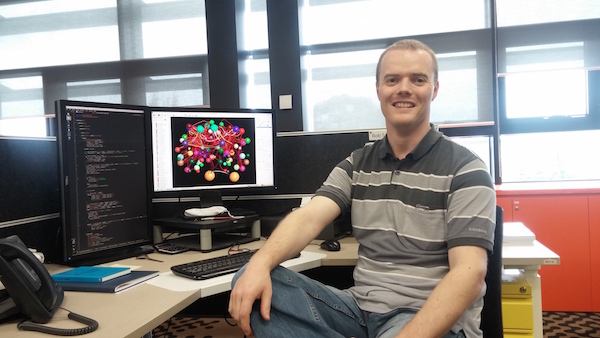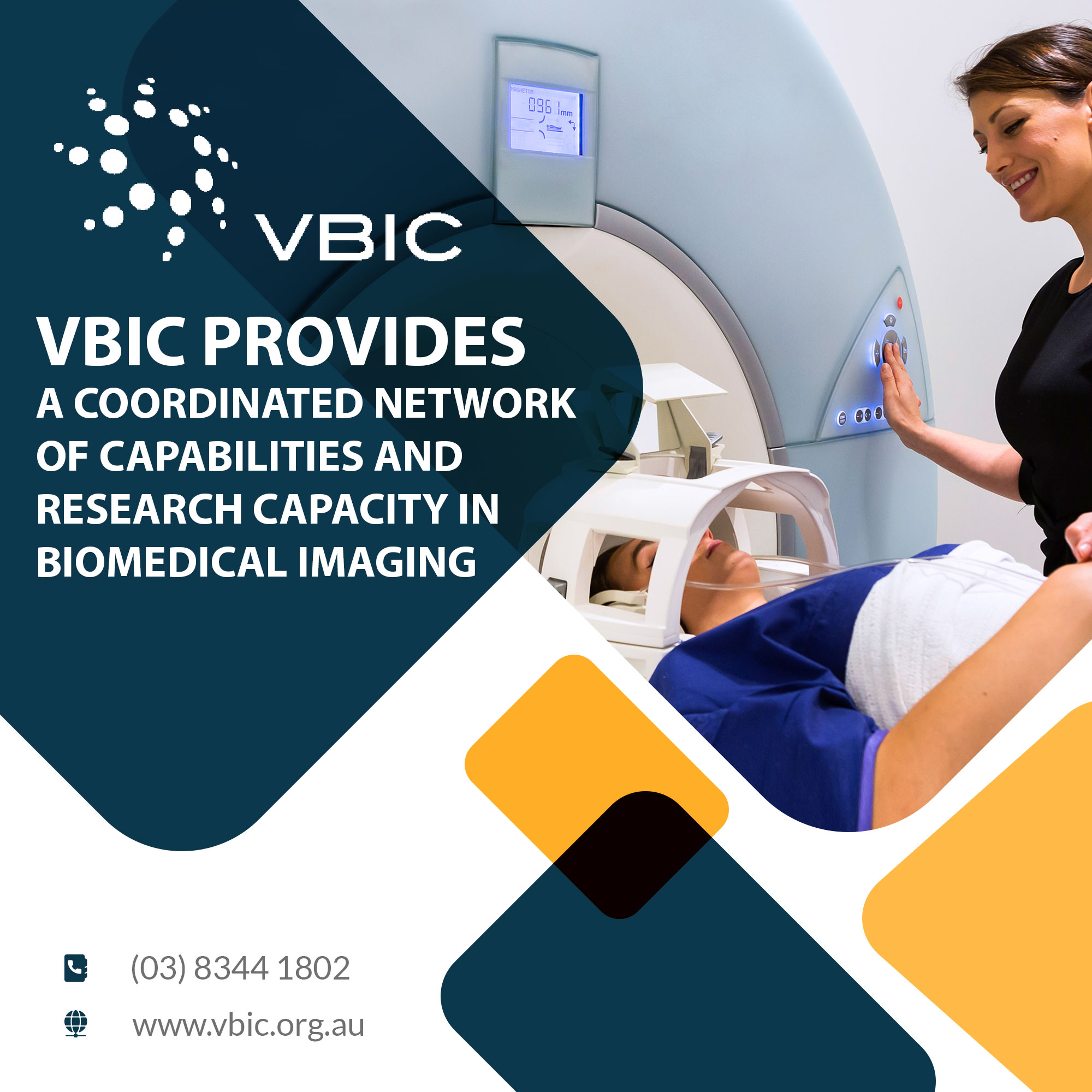Dr Smith’s research is focused on the technical development of Diffusion MRI and its application in the brain. The lab develops and maintains free open-source software for the analysis of diffusion MR data, “MRtrix”, which gives the research community fast access to cutting-edge methods for manipulation and visualisation of their images.
Dr Smith tells us about his experience:
I work in the Advanced MR Development team in the Florey Neuroscience Institute’s Imaging Division, based at the Melbourne Brain Centre on the Austin Health campus in Heidelberg. From a background in engineering and physics, I completed my PhD here from 2009-2013, and decided to stay on subsequently as a post-doc; there’s too many interesting problems left to solve!
Our group is focused on the technical development of Diffusion MRI and its application in the brain. By acquiring multiple brain volumes, each sensitised to the diffusion of water molecules along a different direction, the resulting data provide an insight into the underlying microstructure. In particular, the strong orientation contrast observed within the white matter allows us to estimate the configuration of the underlying fibre bundles, and consequently digitally reconstruct the neural pathways throughout the brain. Our research encompasses just about all aspects of this field: acquisition, image processing, biophysical modelling, pathway reconstruction, statistical analysis. The primary focus of my own work has been improvement of the biological accuracy of the digital reconstructions by imposing additional biophysical constraints.
The lab also develops and maintains free open-source software for the analysis of diffusion MR data, “MRtrix”, which gives the research community fast access to cutting-edge methods on top of a powerful-yet-flexible package for manipulation and visualisation of their images. The current public release now has over 8,000 downloads; a completely re-written package (which has been in development since before I started my PhD) is currently MRtrix public beta and will hopefully have an official release very soon. An additional collaboration with Siemens Healthcare is about to see some of our technologies introduced directly into their MRI scanner platform, which should greatly increase the exposure and influence of our work.
The imaging techniques we develop are applicable to both understanding the structural connectivity of the healthy brain, and interrogating its perturbation in a wide range of diseases. We do however, have particularly strong collaborations with members of the Epilepsy and Stroke divisions within the Florey, as well as the Epilepsy Research Centre of the University of Melbourne, and I anticipate (with both excitement and mild fear) the day when my methods are able to influence the understanding, treatment and monitoring of such conditions.




0 Comments